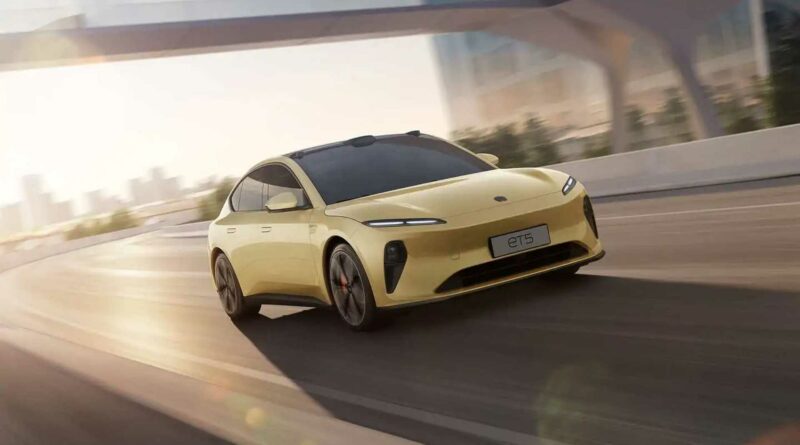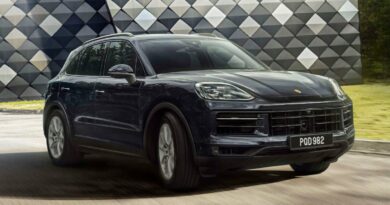Why Is Nio Losing $35K Per Car As Chinese Imports To Europe Surge?
The European Union’s decision last week to formally open an investigation into whether EV makers in China have received government subsidies is a sign that a trade war may be brewing between the two entities.
But how much does the Chinese state actually support domestic electric car manufacturers? Quite a lot, the New York Times reports.
Focusing on Nio, the Chinese EV startup that’s often referred to as China’s Tesla, the report looks at how the EV maker is burning through cash – it lost $835 million from April through June. That means the carmaker lost a whopping $35,000 for each car it sold during the period, which is a huge amount considering Nio’s average transaction price of just over $42,000 in the second quarter of 2023.
So how come a company that loses a massive amount of money on each car it sells is still around? That is the million dollar question, or rather, the billion dollar question.
Nio employs 11,000 people in research and development only, but sells only around 8,000 cars per month – its record month was July 2023 with over 20,000 sales. The company has invested heavily in robots, with one of its factories employing just 30 technicians to make 300,000 electric motors a year.
Gallery: 2023 Nio EL6
None of Nio’s operations are profitable, though. The “secret” to Nio’s success – and many other EV makers from China – is government backing. That is exactly what the EU has set out to prove with its probe into subsidy-backed Chinese EVs available in Europe.
With virtually limitless cash at their disposal, Nio and other Chinese EV makers can withstand big losses and keep growing.
For example, when Nio nearly ran out of cash in 2020, the local government in Hefei, where the JAC-Nio joint venture’s assembly plant is located, immediately came to its rescue and injected $1 billion in exchange for a 24 percent stake. Additionally, a state-controlled bank along with a group of other lenders pumped in another $1.6 billion.
Another leading Chinese EV startup, XPeng, has acknowledged financial assistance from the local government in Wuhan. BYD, China’s electric car leader, is an exception among domestic EV makers, i.e. it is profitable. The company backed by Warren Buffett’s Berkshire Hathaway tripled profit to $1.5 billion in the first half of this year. Besides building plug-in cars, BYD also makes its own batteries.
Chinese EV makers like Nio, XPeng, and BYD embody China’s dominance of electric vehicle innovation and manufacturing, as well as the threat it poses to traditional automotive powerhouses like Europe and the United States.
Chinese companies need exports to achieve profitability, although in Nio’s case, it remains to be seen whether it can sell enough cars to justify its enormous R&D spending and investment in marketing overseas, primarily in Europe.
Taking into account China’s massive EV production, its battery and powertrain technology advantage over the rest of the world, its dominant position in industrial robots, and the relatively low wages it pays its auto workers – up to $30,000 a year compared to $110,000 at Ford’s US operations before the UAW strike – the question is not whether China will dominate global EV manufacturing and sales, but how soon.
Chinese EV brands are seeing rising sales not only in Europe, but also in Australia, the Middle East, and Latin America. For now, the US is the only major market where their share is negligible, but that may change in the coming years, despite the US imposing a 25 percent tariff on all cars imported from China.
Source: New York Times
Source: Read Full Article




